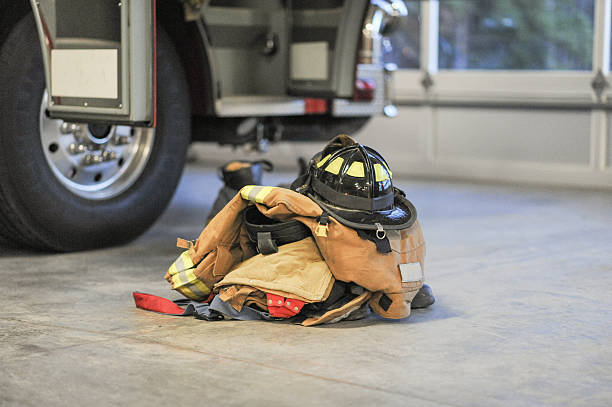When COVID-19 restrictions across the country began to lift, restaurants started preparing delicious meals, store shelves were being stocked again, and office lights were gradually being turned on. Despite the enthusiasm and optimism to return to a “new normal,” a big problem began to emerge: people weren’t coming back to work.
While scholars and economics are still debating the root causes of what has been termed the Great Resignation, most will agree that it is a multifaceted problem that is impacting just about every workplace sector. Employers are facing the daunting task of recruiting and retaining employees in a very competitive environment. Restaurants can’t find cooks, stores can’t find cashiers, and some employees are opting to stay home instead of returning to the typical office environment.

In many cases, employees are choosing to leave the stresses of their previous job in the rear-view mirror and choosing a path that fits the true spirit of a meaningful “work-life” balance. The fact that our national park systems are seeing historic visitor number is just one indication that peoples’ (and their families) priorities have shifted. The service sector has probably taken the biggest hit.
Throughout the past several decades, recruitment and retention has been one of the most significant challenges facing the United States fire service. For communities that rely primarily on volunteer, on-call, or part-time emergency responders, leaders have long been sounding the alarm for some time. In Minnesota, where most of the state relies on a volunteer or on-call firefighting workforce, chiefs struggle with recruiting new members and keeping the experienced ones they have.
Similarly, even large, career-staffed departments are reporting significant drops in the number of applicants taking civil-service exams. For those that make the top cut after intensive testing and interviews, leaders are seeing applicants drop out at the last minute to pursue other career opportunities altogether, leaving the opportunity of a career in the fire service behind.
Forced with immediate vacancies, departments are now turning to lateral hiring processes to bring on-experienced talent. While lateral hiring provides a quick fix to fill a hole in one department, it leaves a hole in another. This is a reality that has magnified itself in law enforcement where experienced officers are leaving one department for another. Some metropolitan law enforcement agencies are seeing massive numbers of retirements, resignations, or lateral transfers out.
Our partners in EMS struggle to recruit and keep EMTs and paramedics; wages, benefits, and burnout have new and experienced medical professionals seeking alternative careers. Some agencies are offering thousands of dollars in hiring bonus incentives to attract talent.
As a core, essential public service, our communities rely on our ability to deliver aid in times of crisis. As it has always been, the most important and valuable asset to any fire department is its people. While we can – and should – continue to make investments into modern fire stations, safer equipment, and technology, we can’t ignore the investment that we need to make into our people, including the systems that support them. The success of any modern-day fire departments relies on the collective training, education, and experience of the men and women that answer that call for help, and their ability to do so in a timely and efficient manner.
Public safety leaders and elected officials need to work in harmony to address the staffing challenges that face fire departments across the state. While these challenges are certainly not new to many of us, I fear that it will only further evolve into a crisis if we don’t work collaboratively on finding creative and meaningful solutions. We can’t afford to let the calls of those that need us to go unanswered.
Note: this article appeared in the Winter 2022 issue of the Minnesota State Fire Chiefs Association magazine. For other articles by leading fire service professionals, join the MSFCA today! Magazine memberships are available!